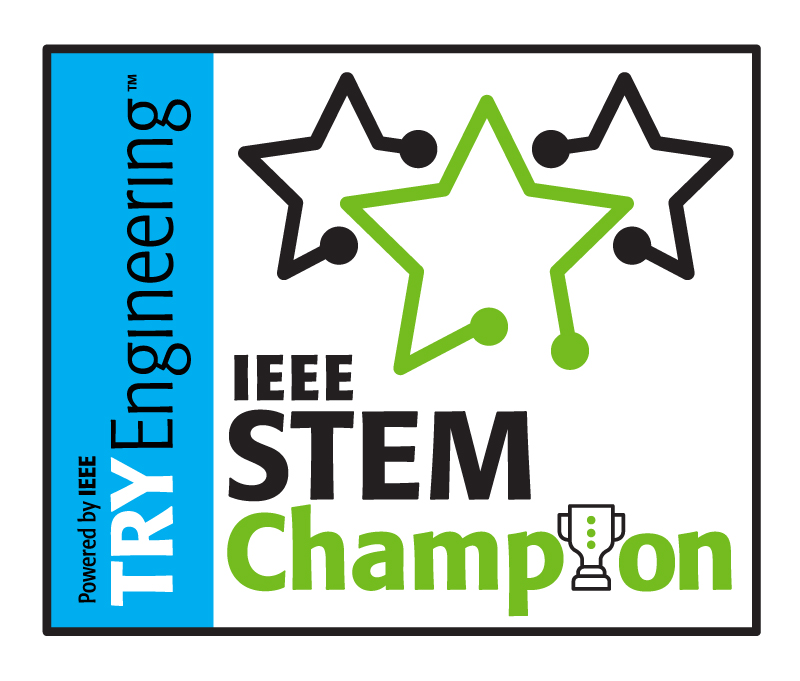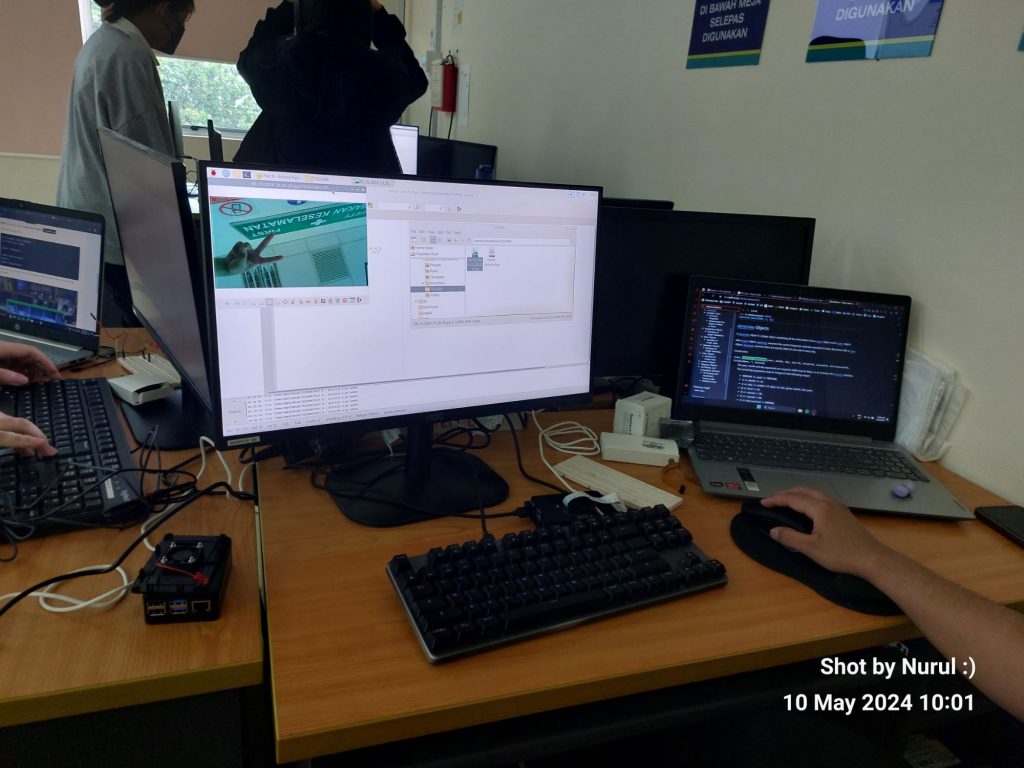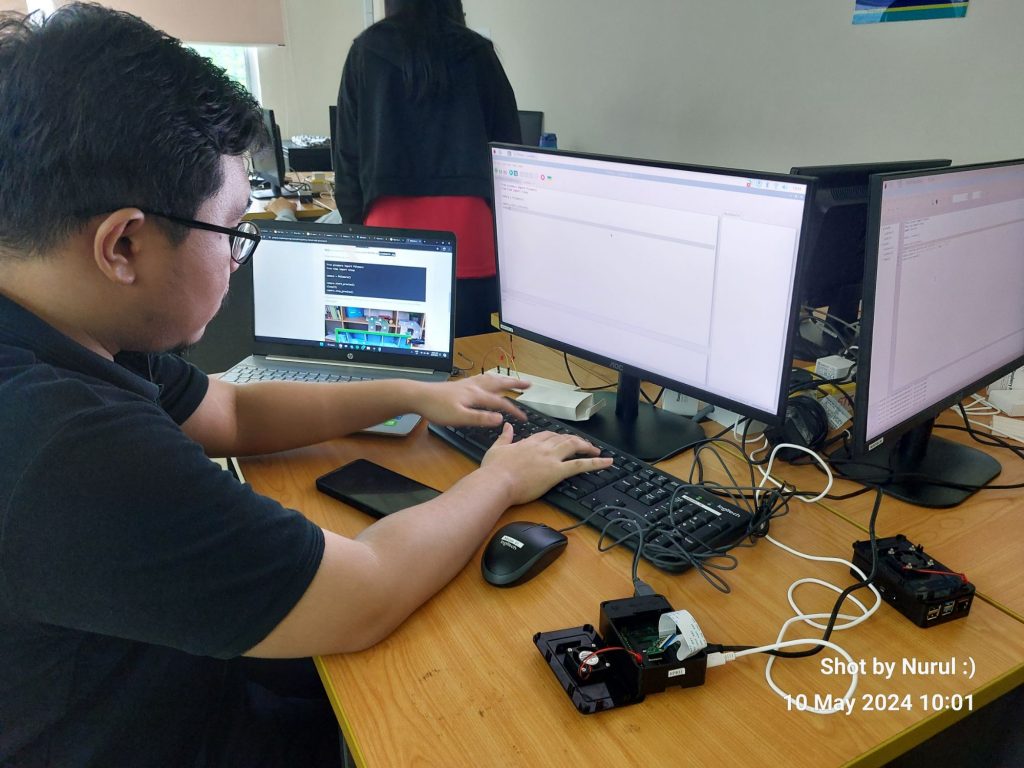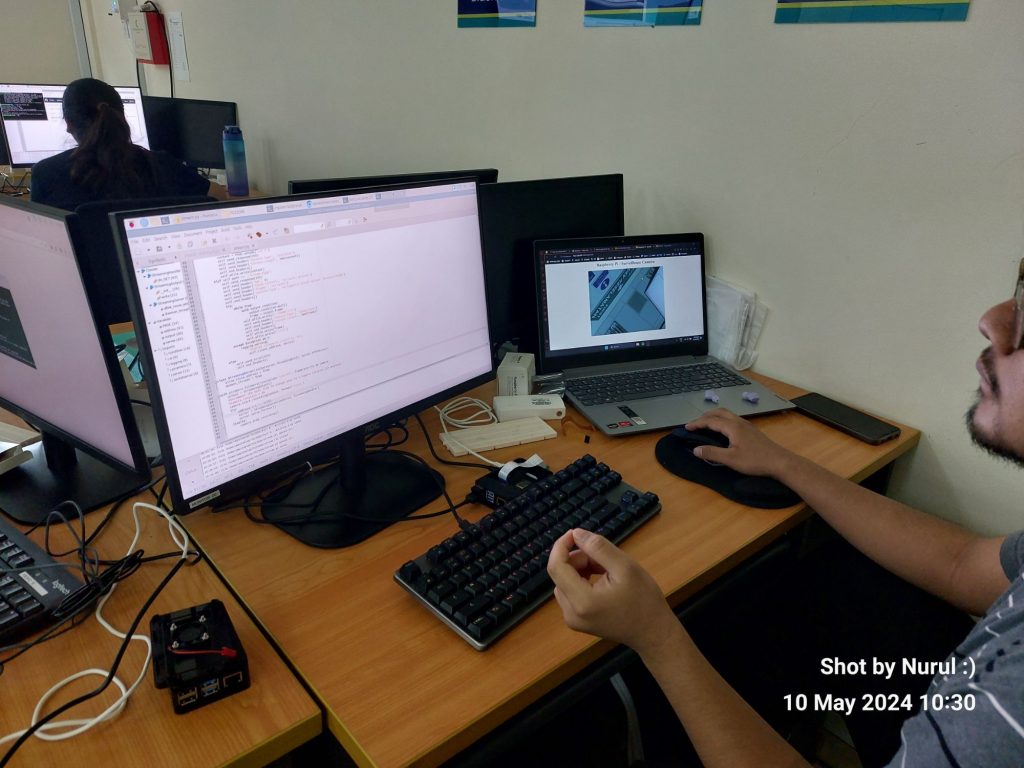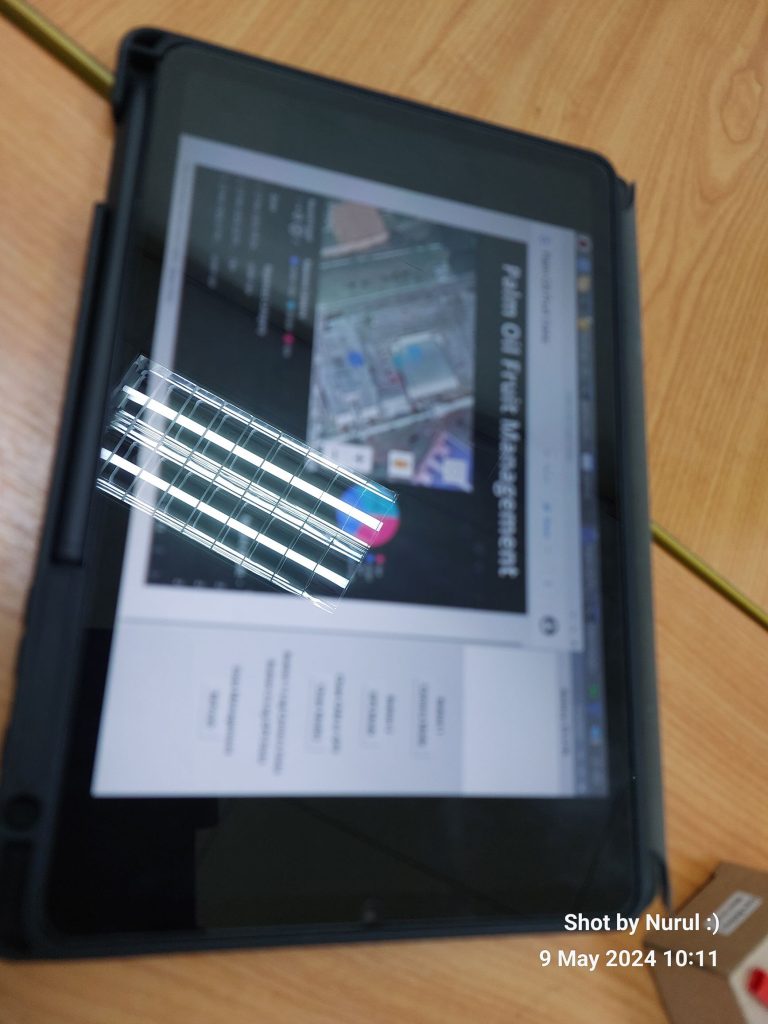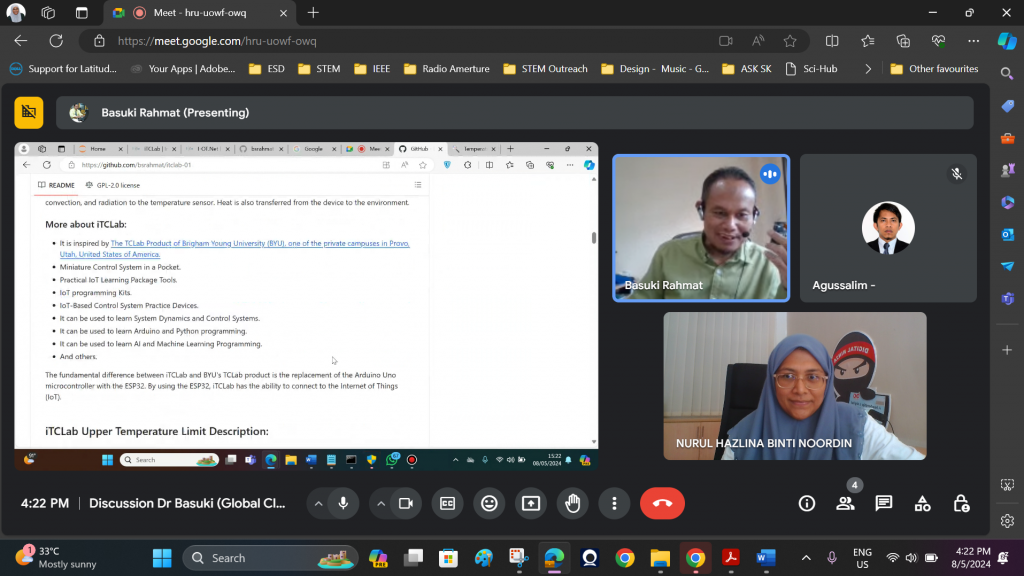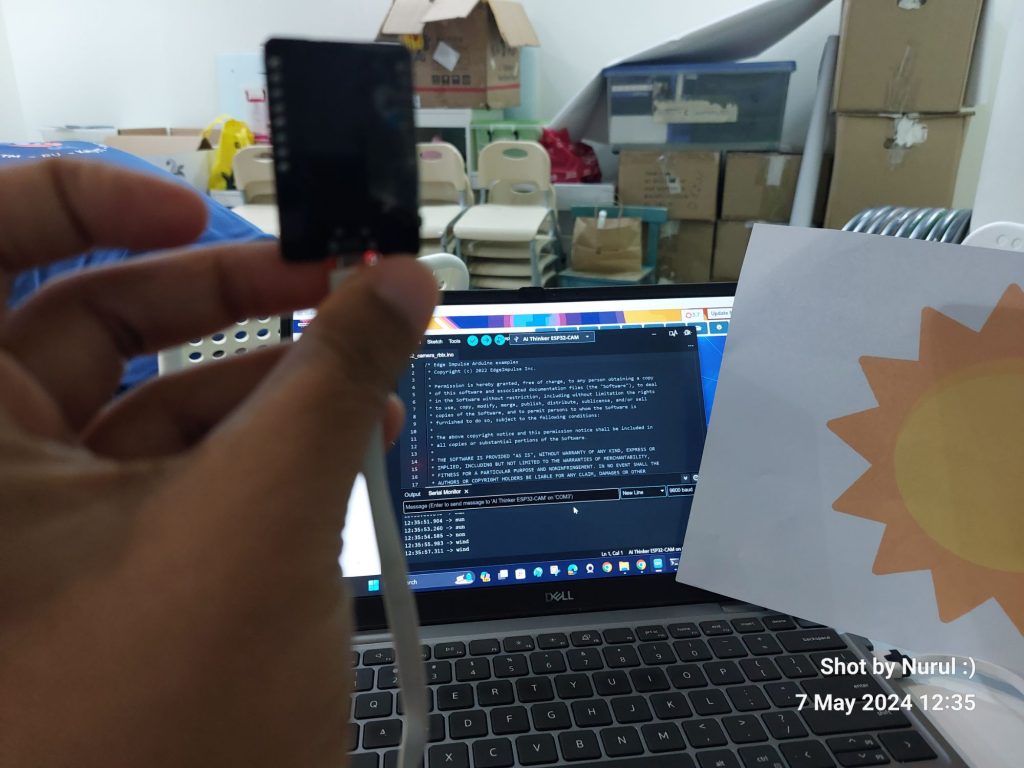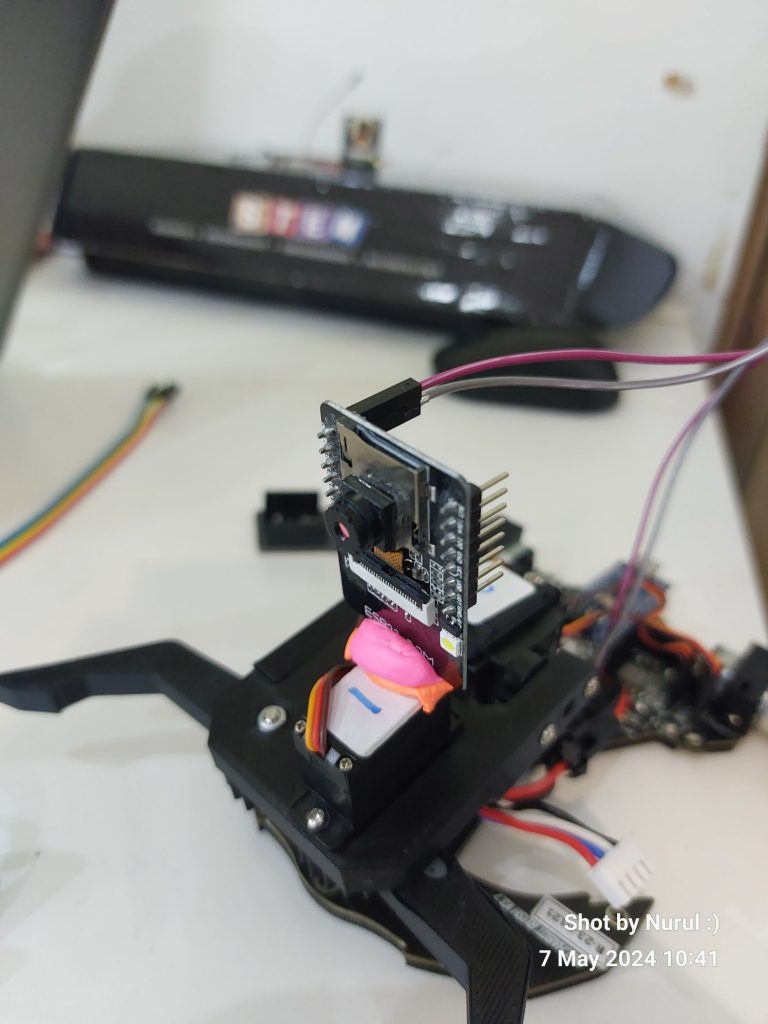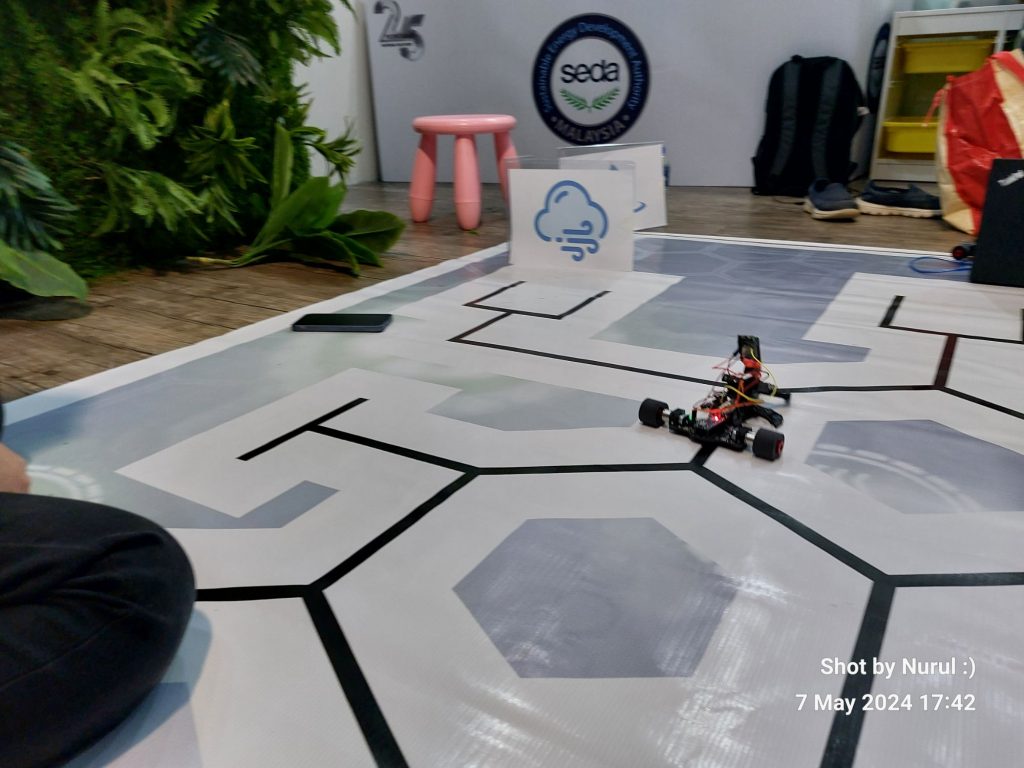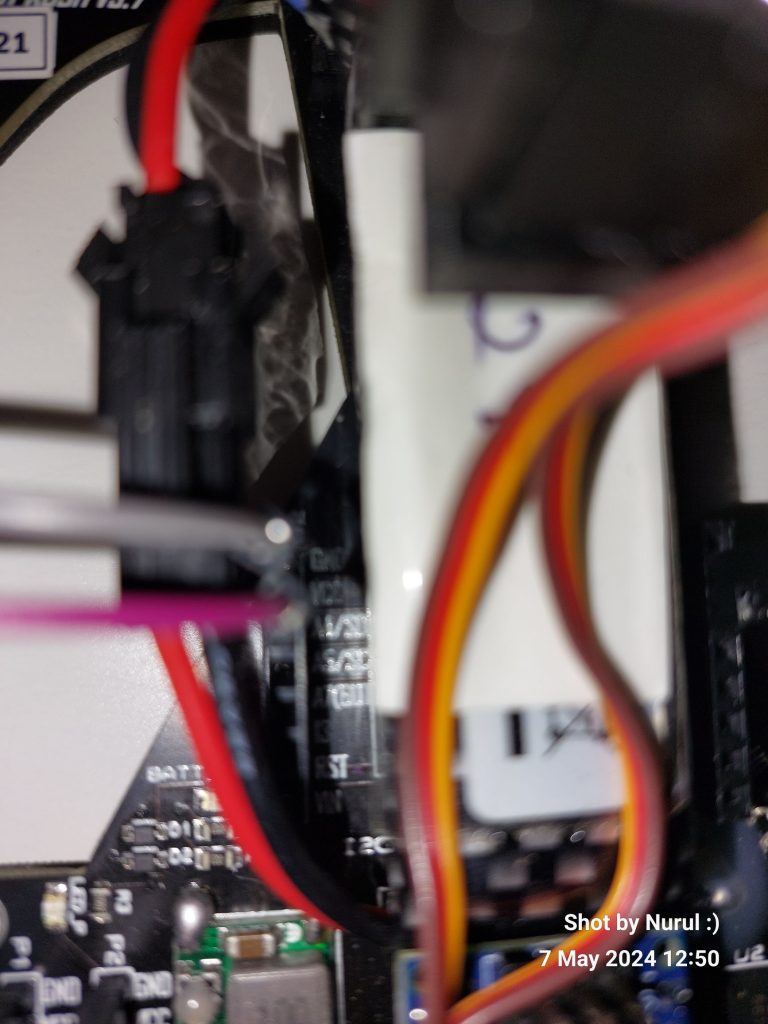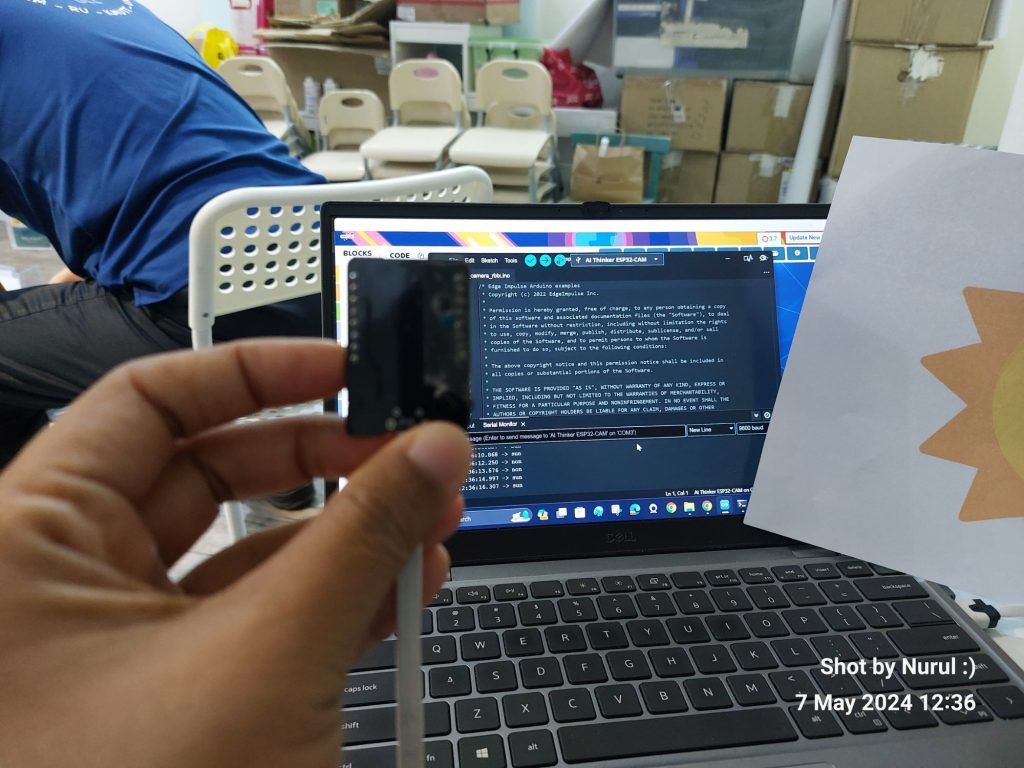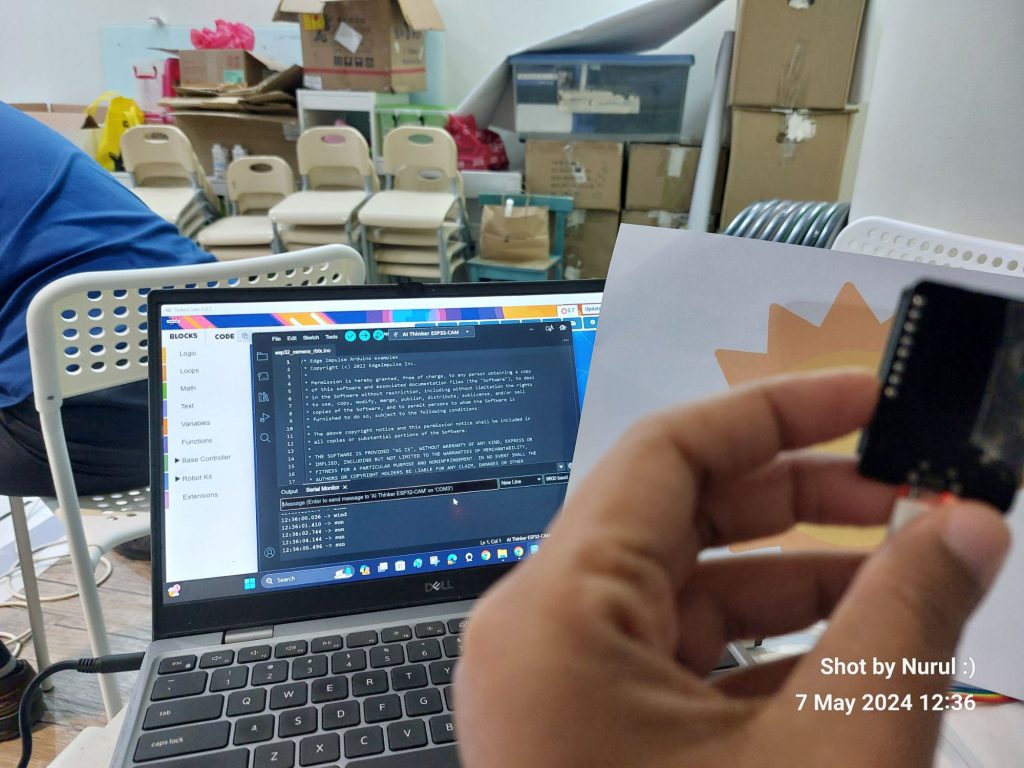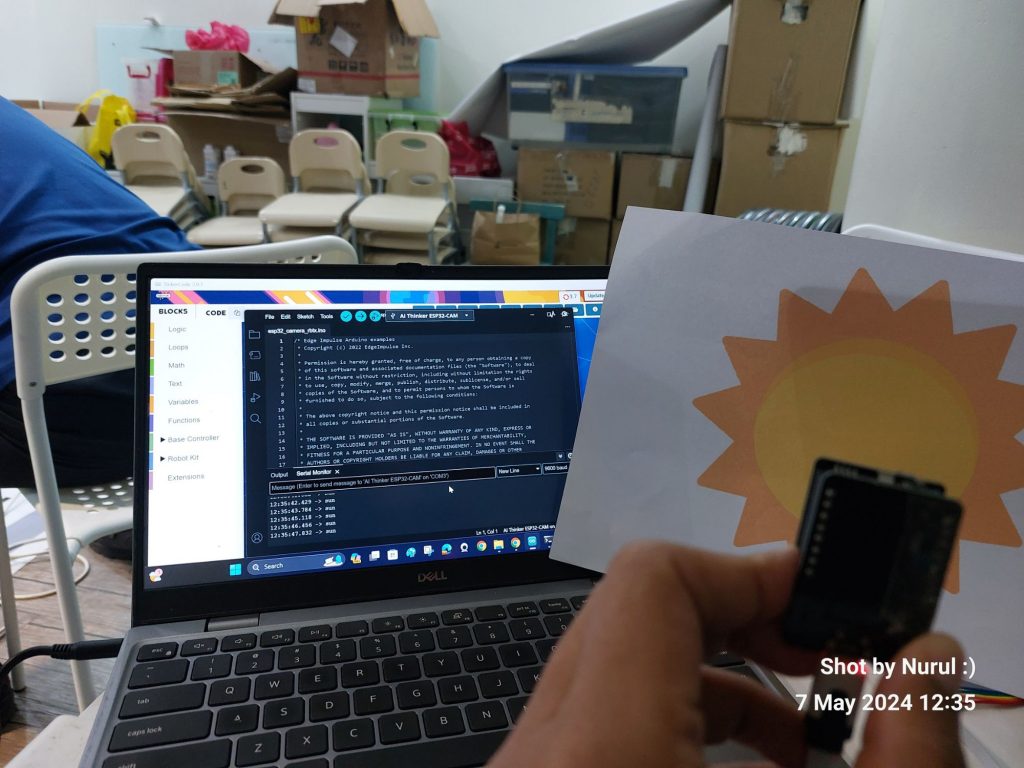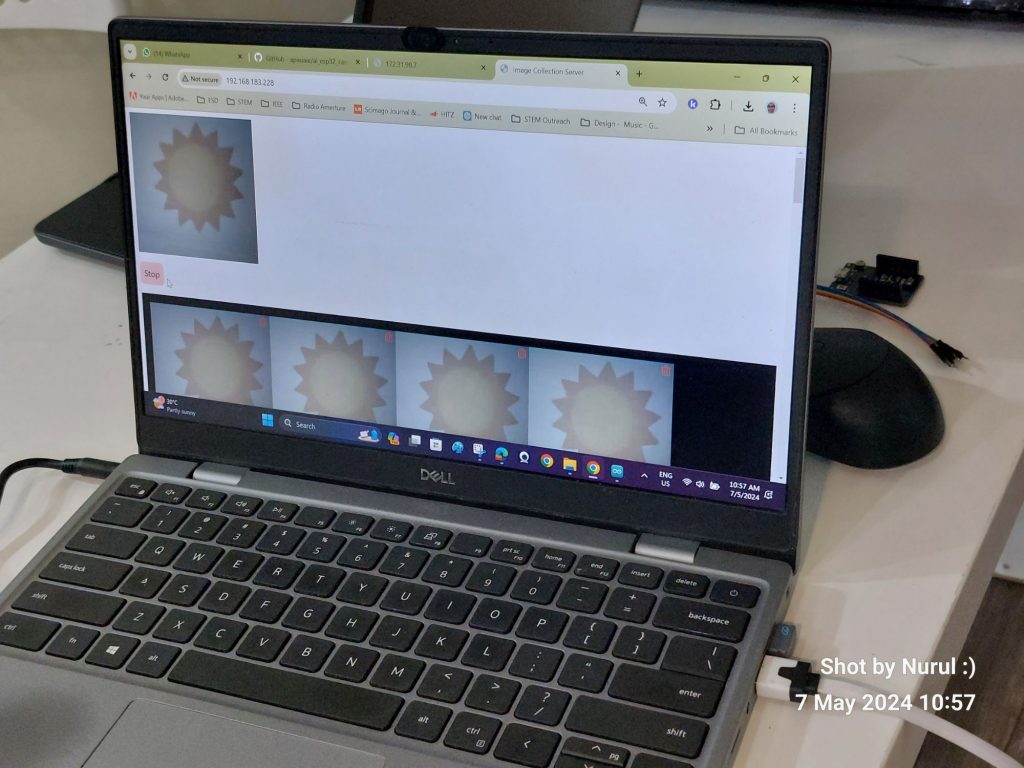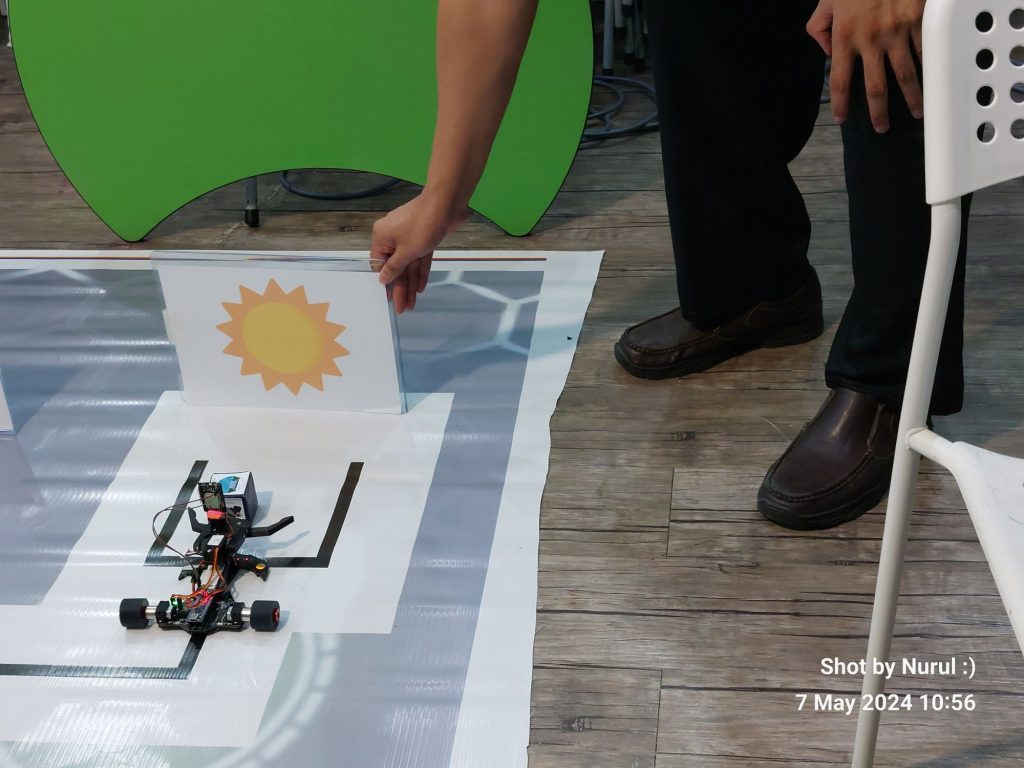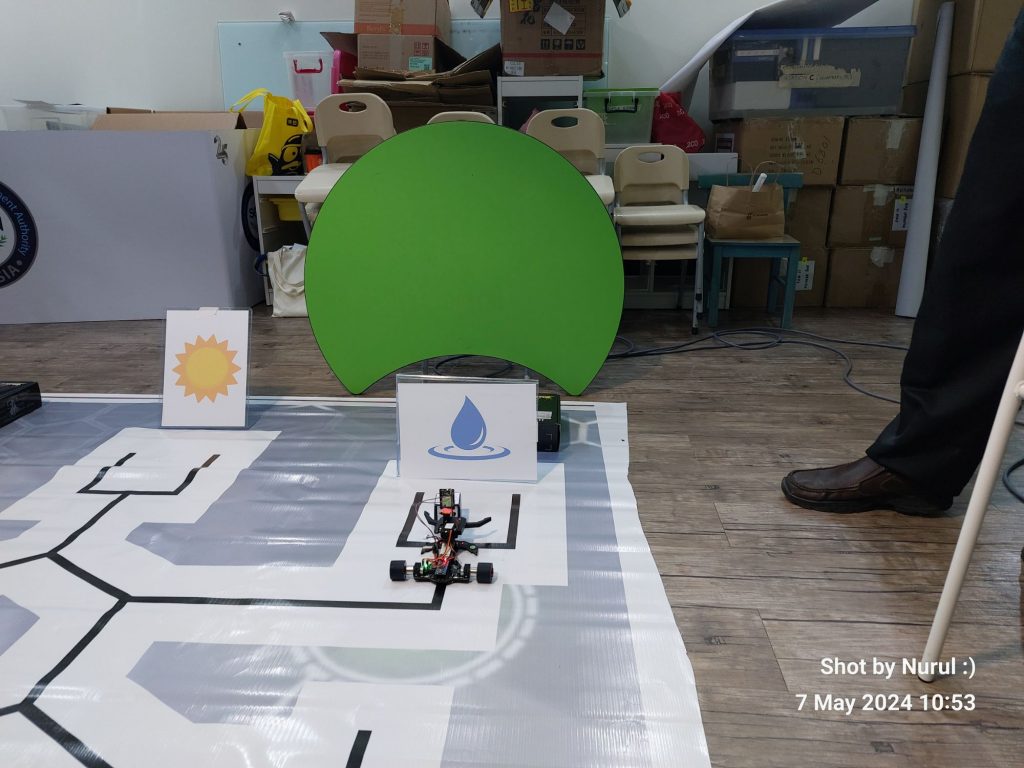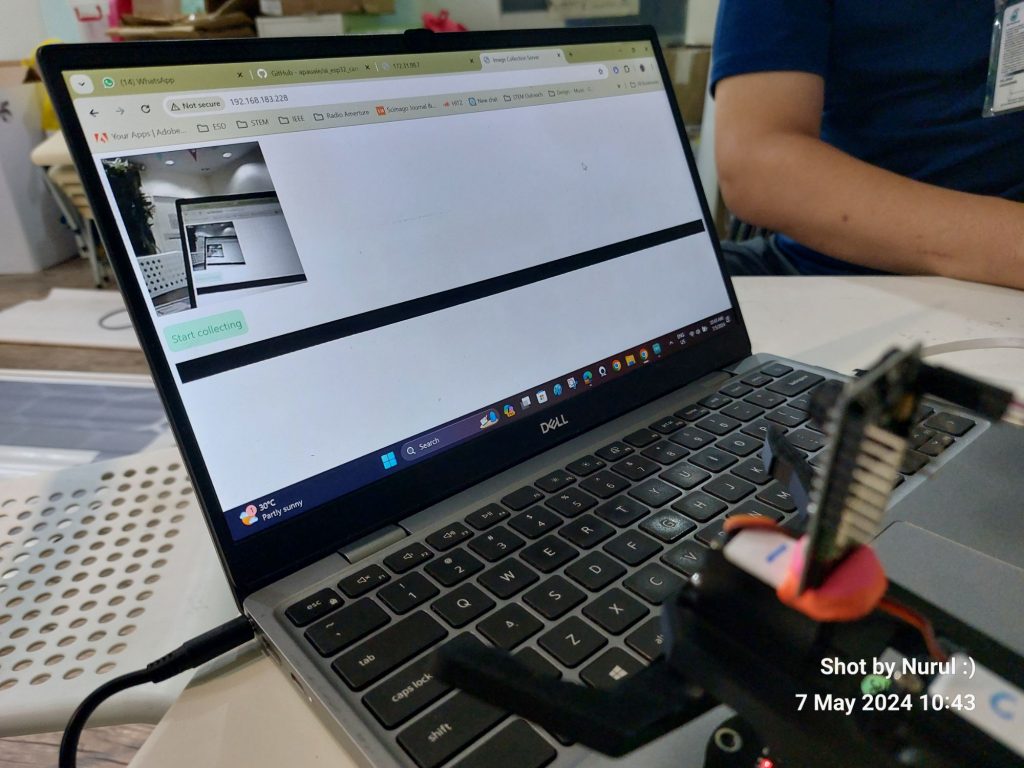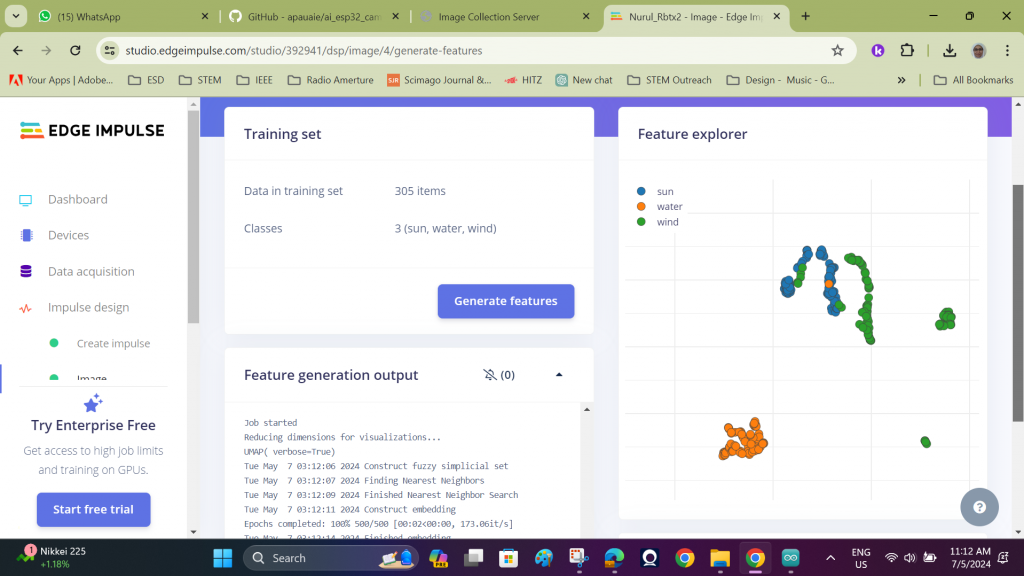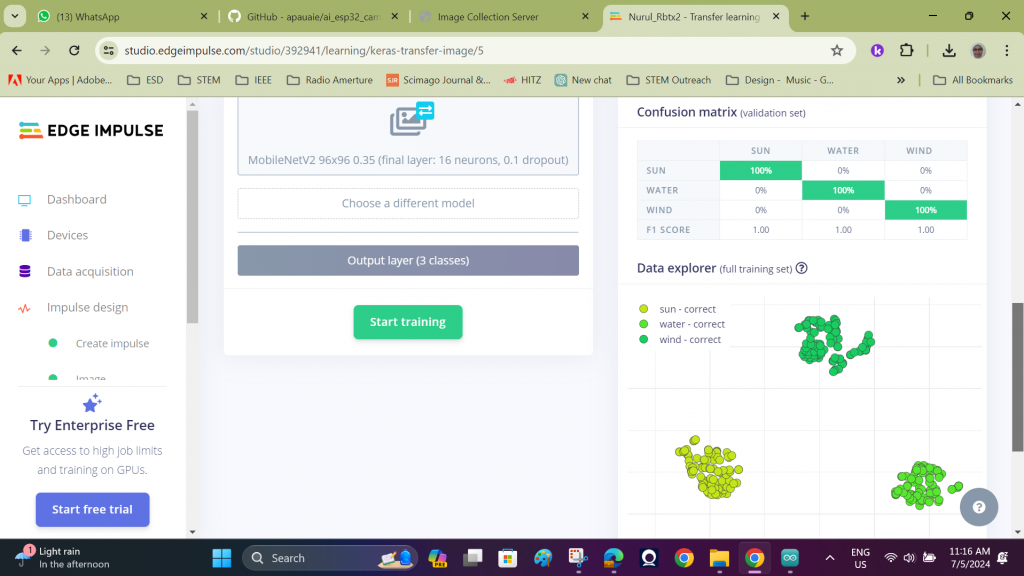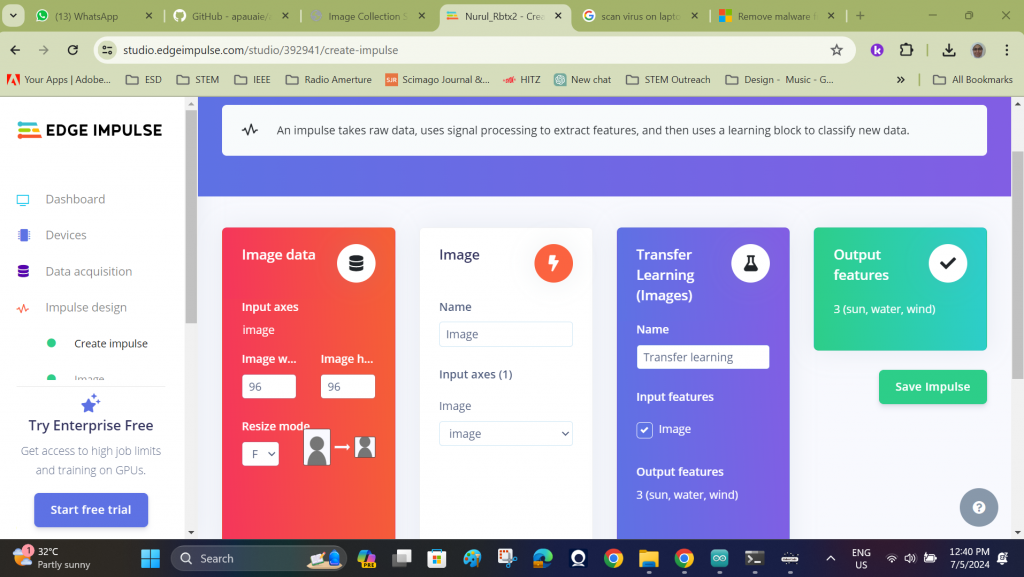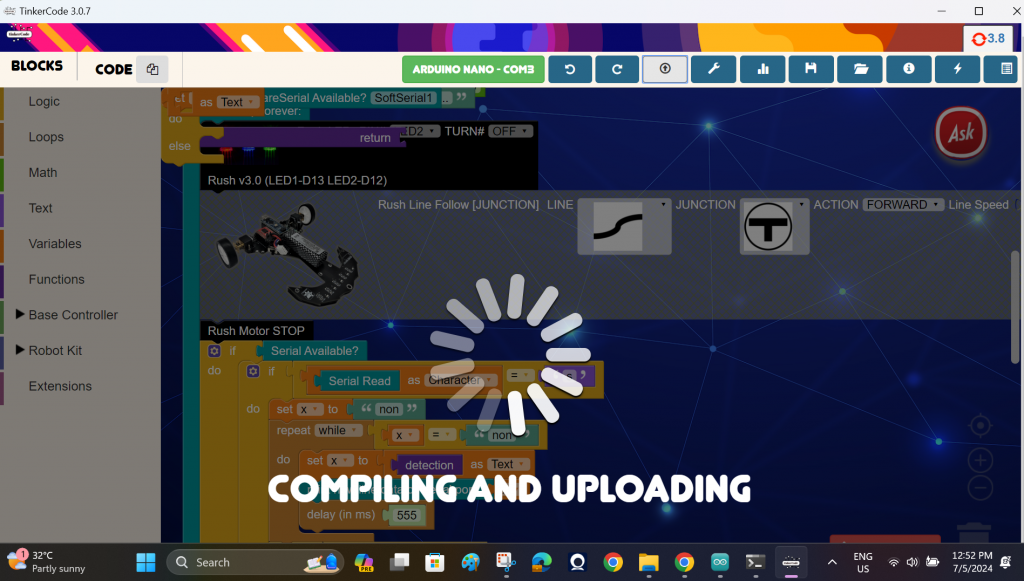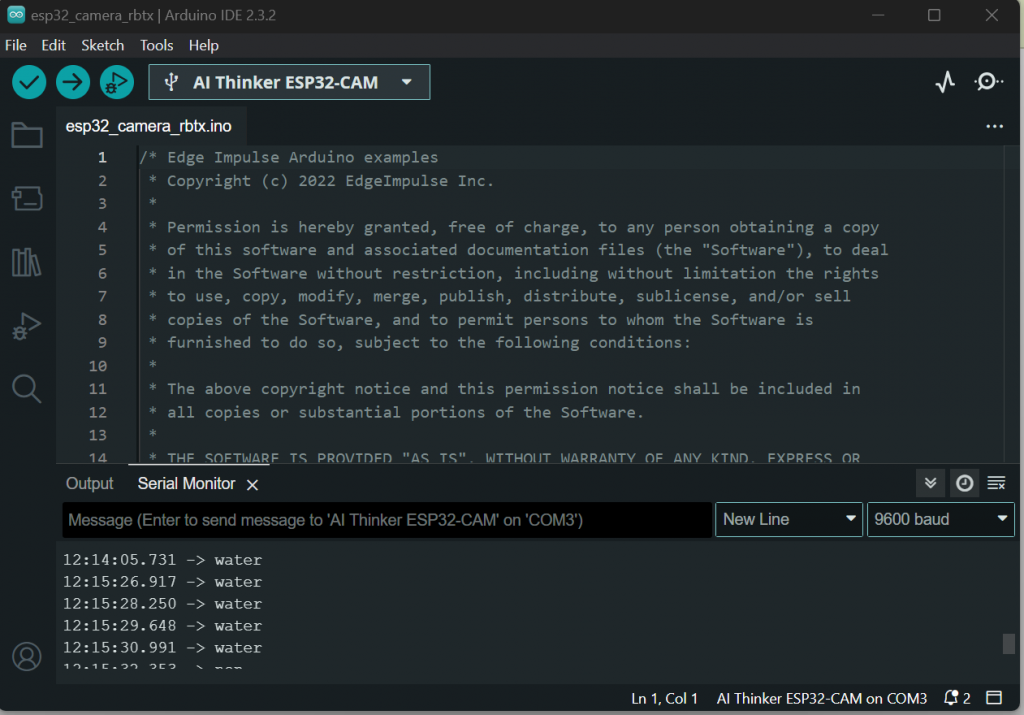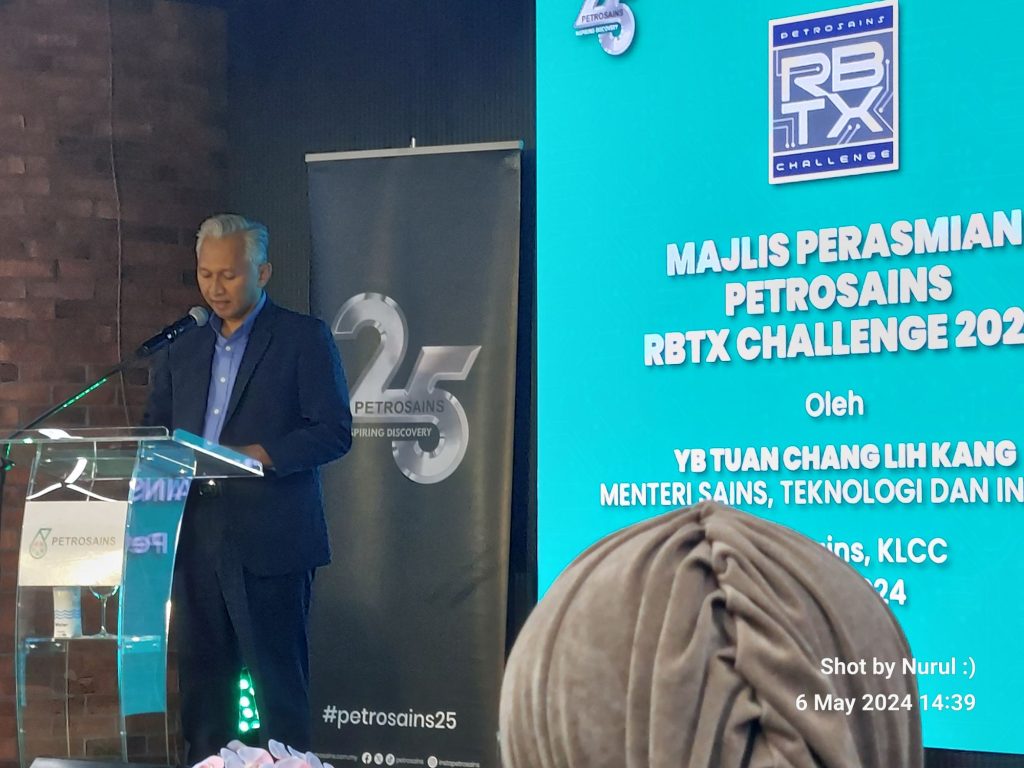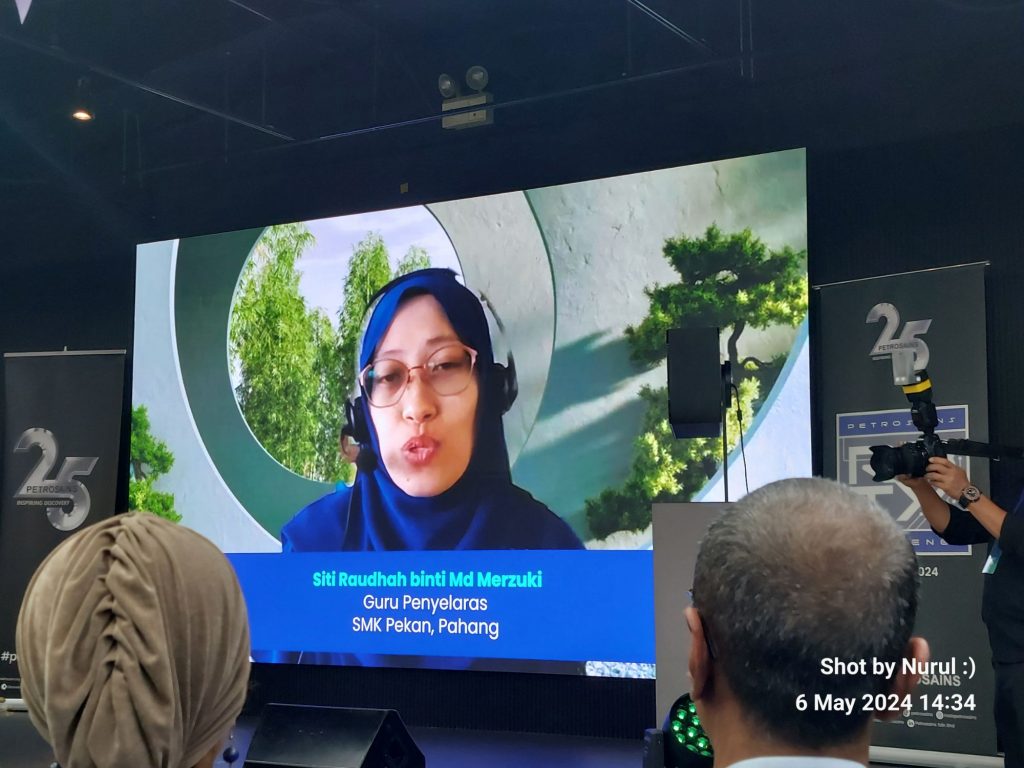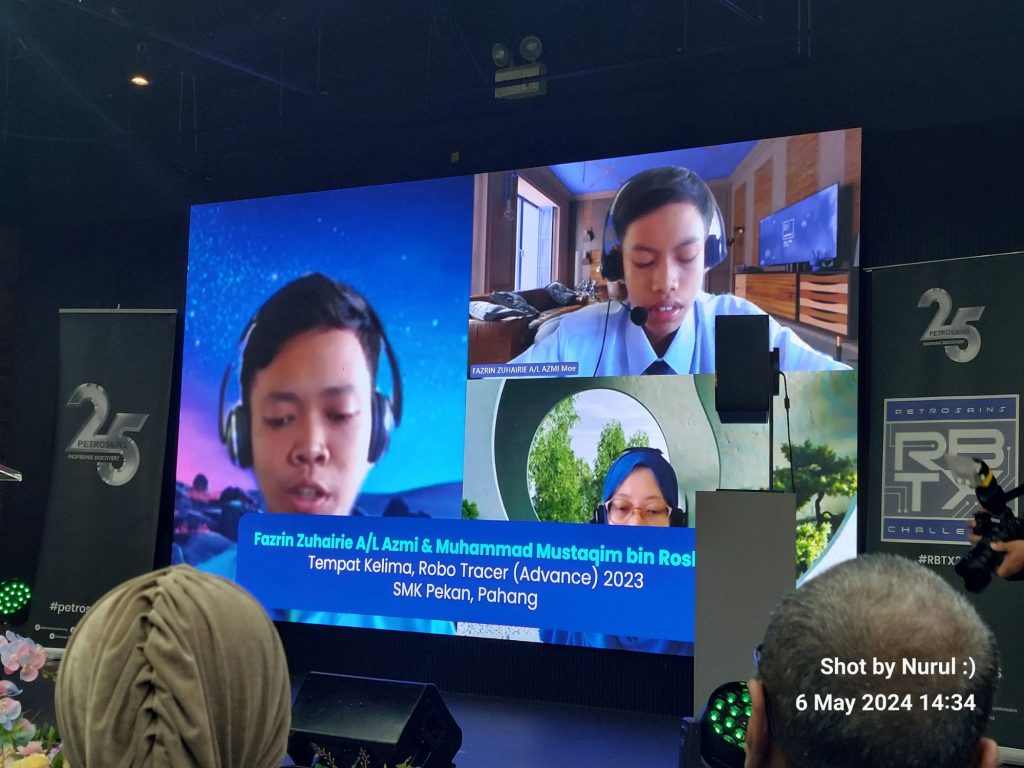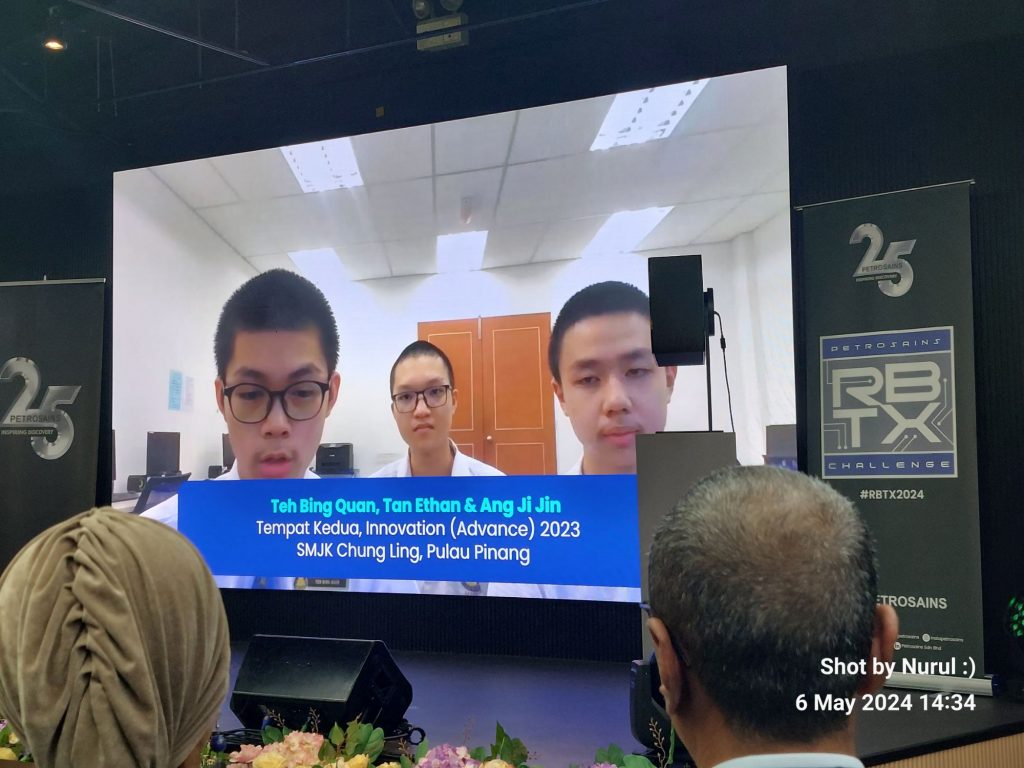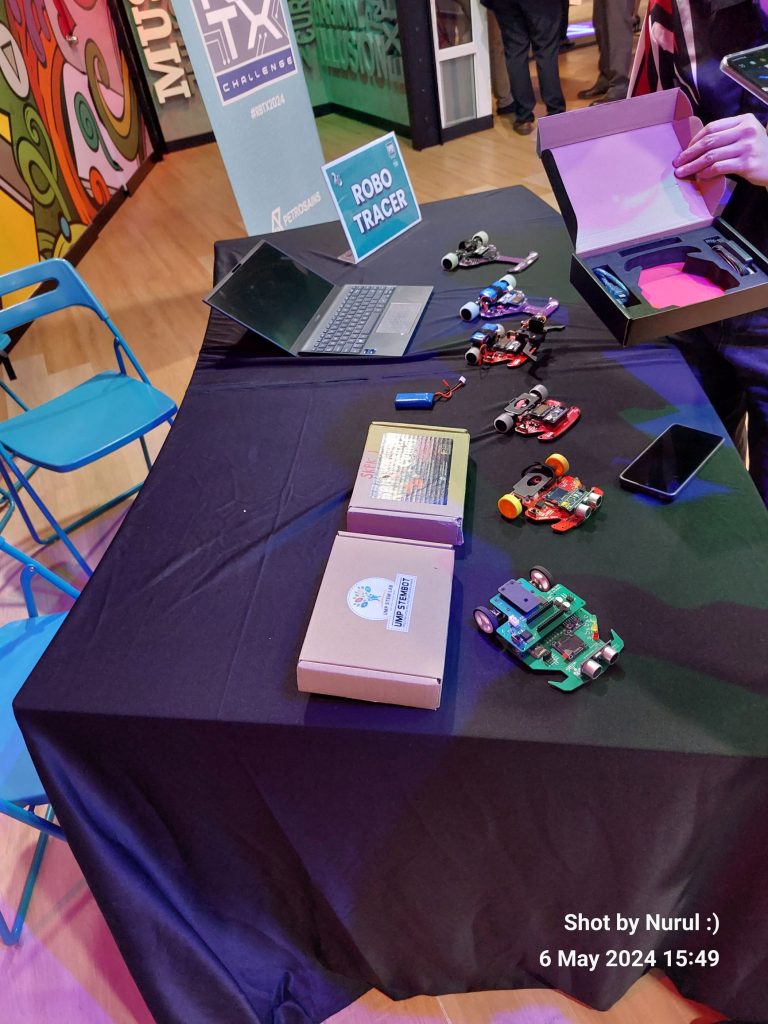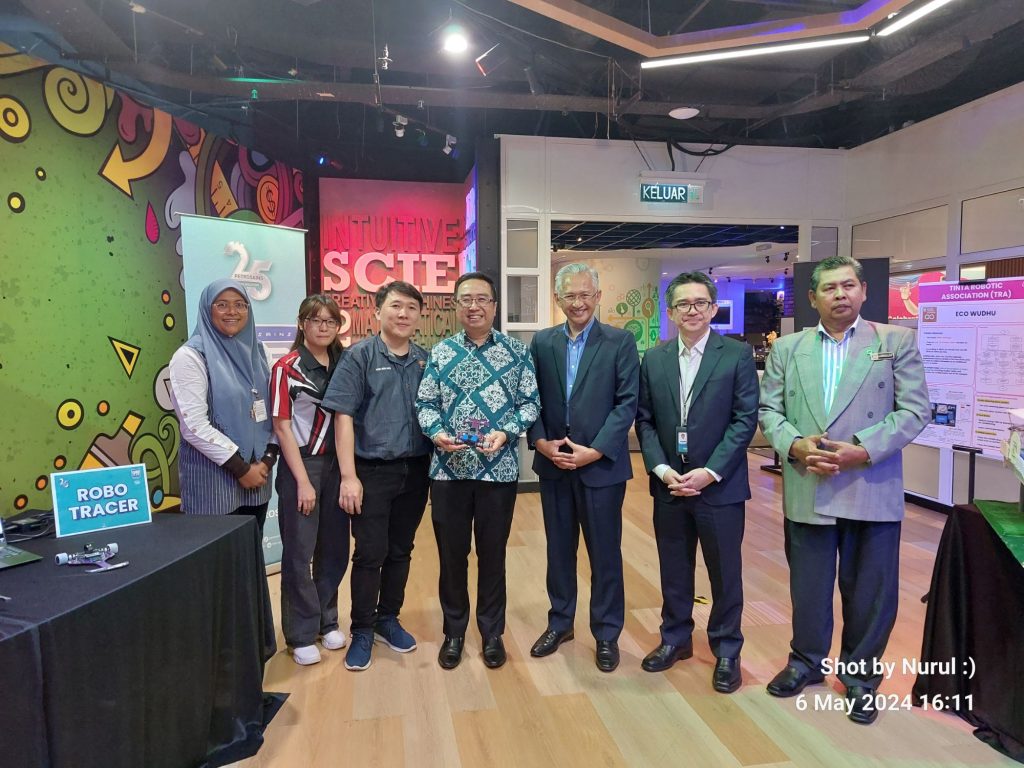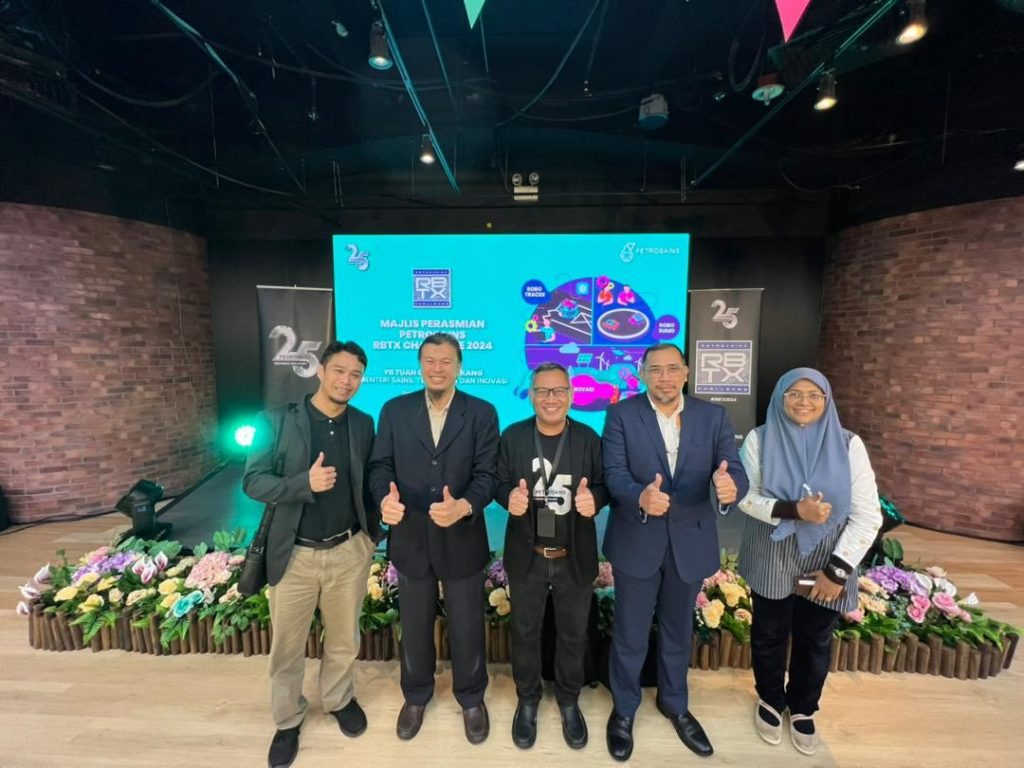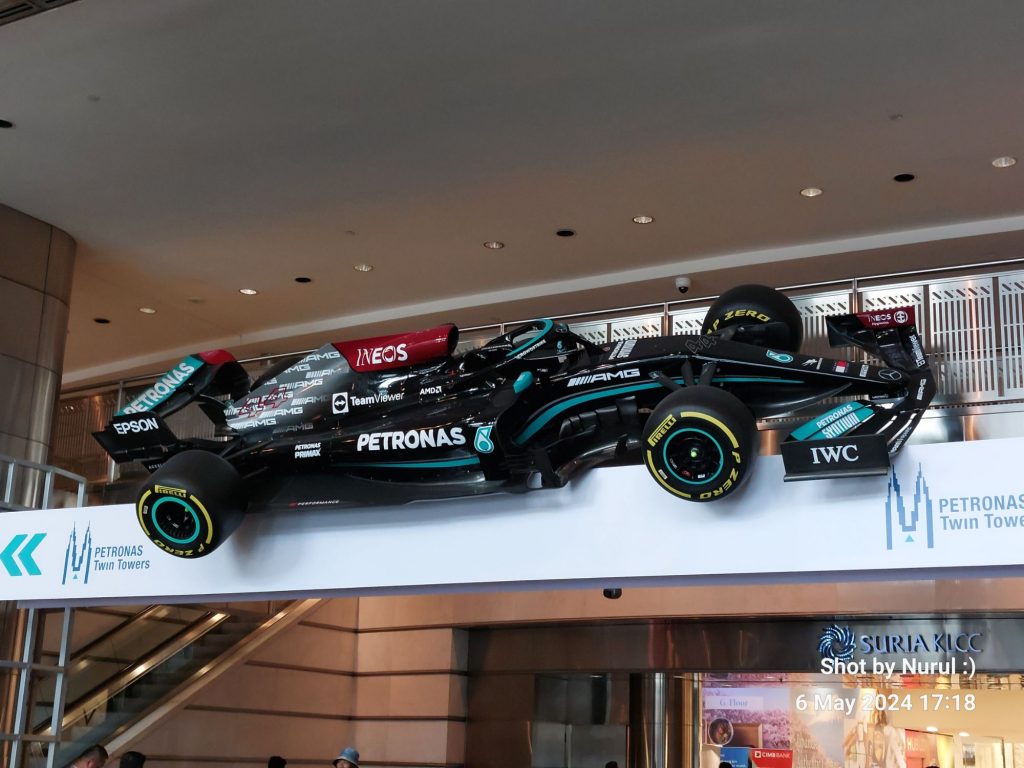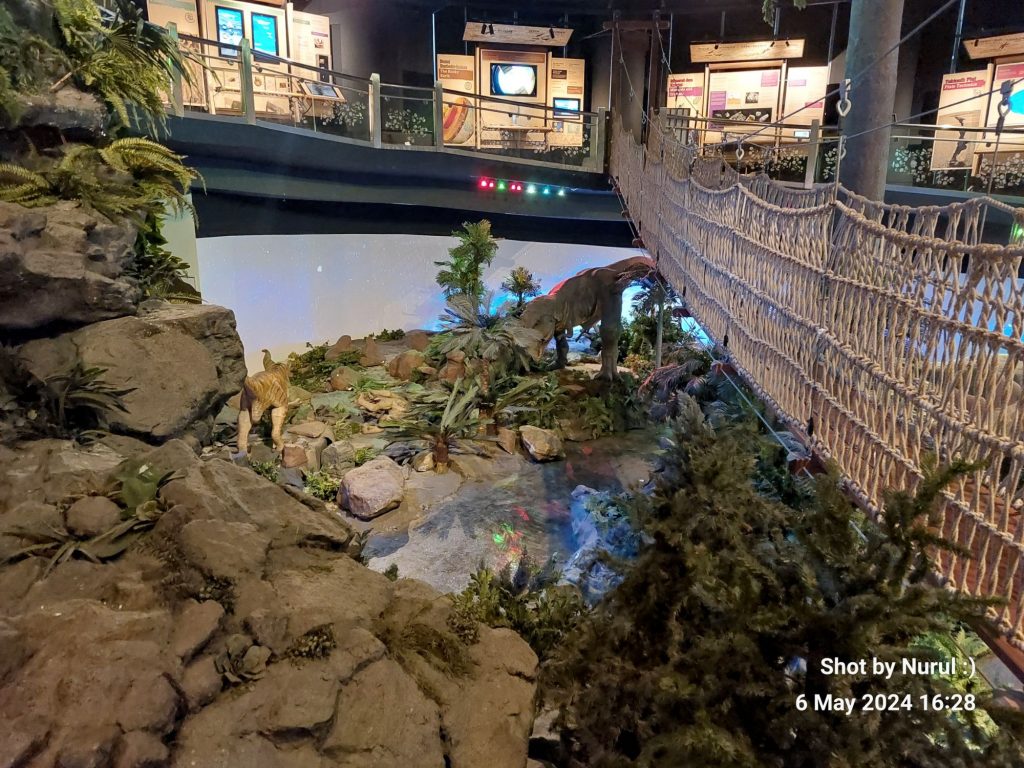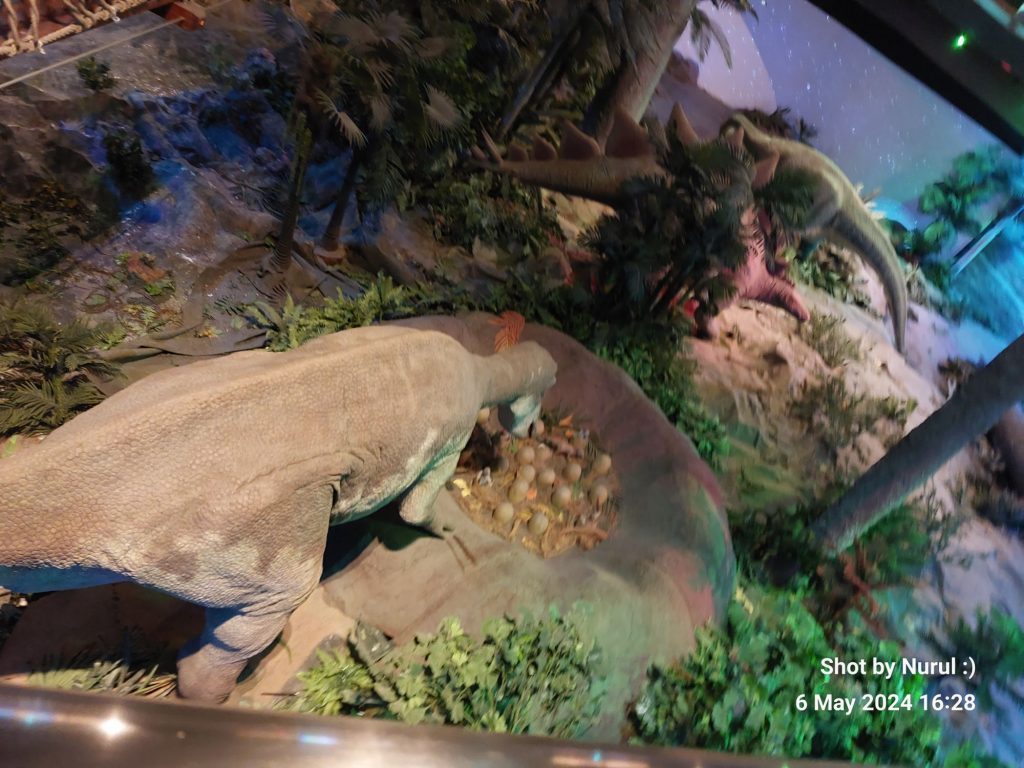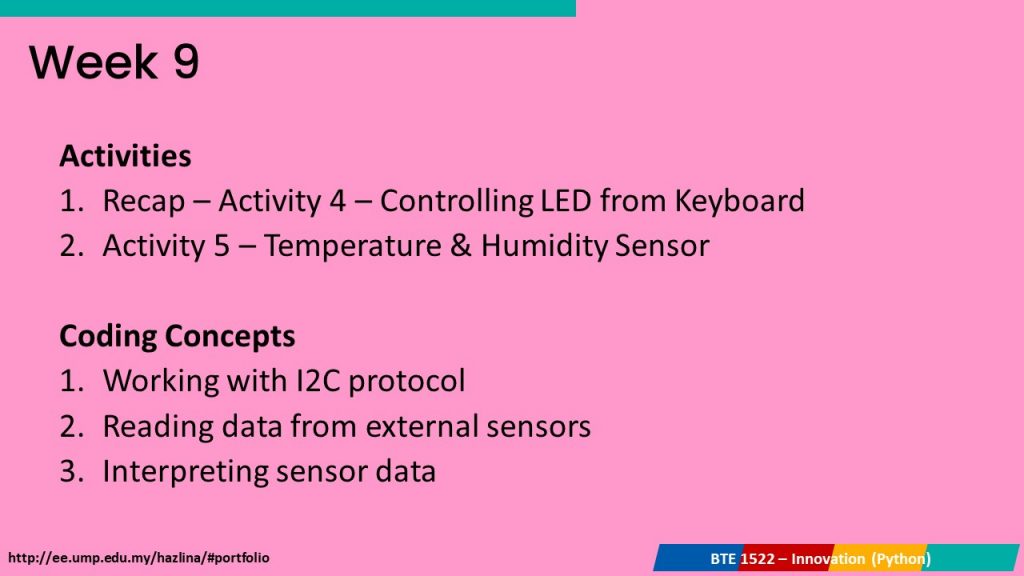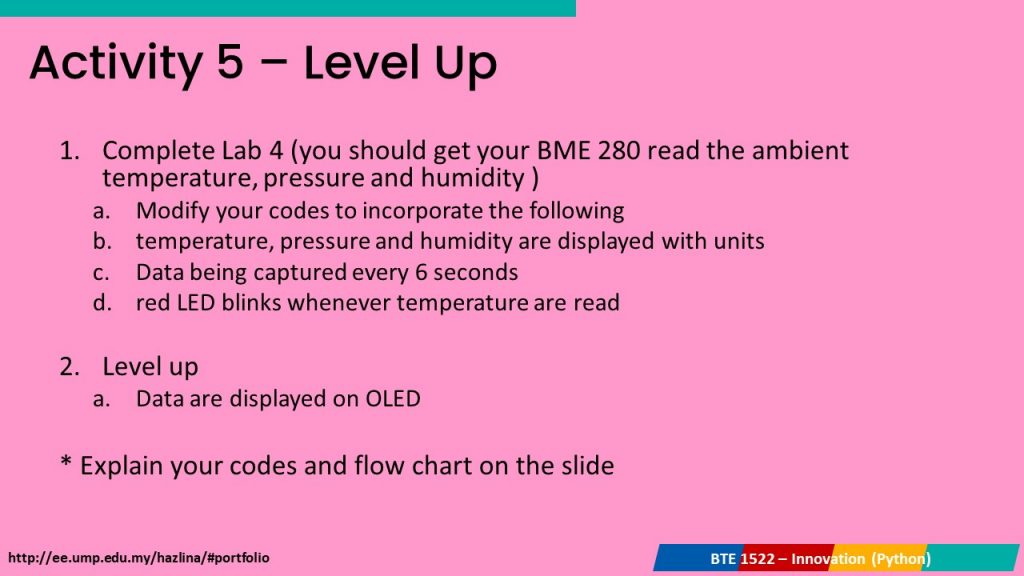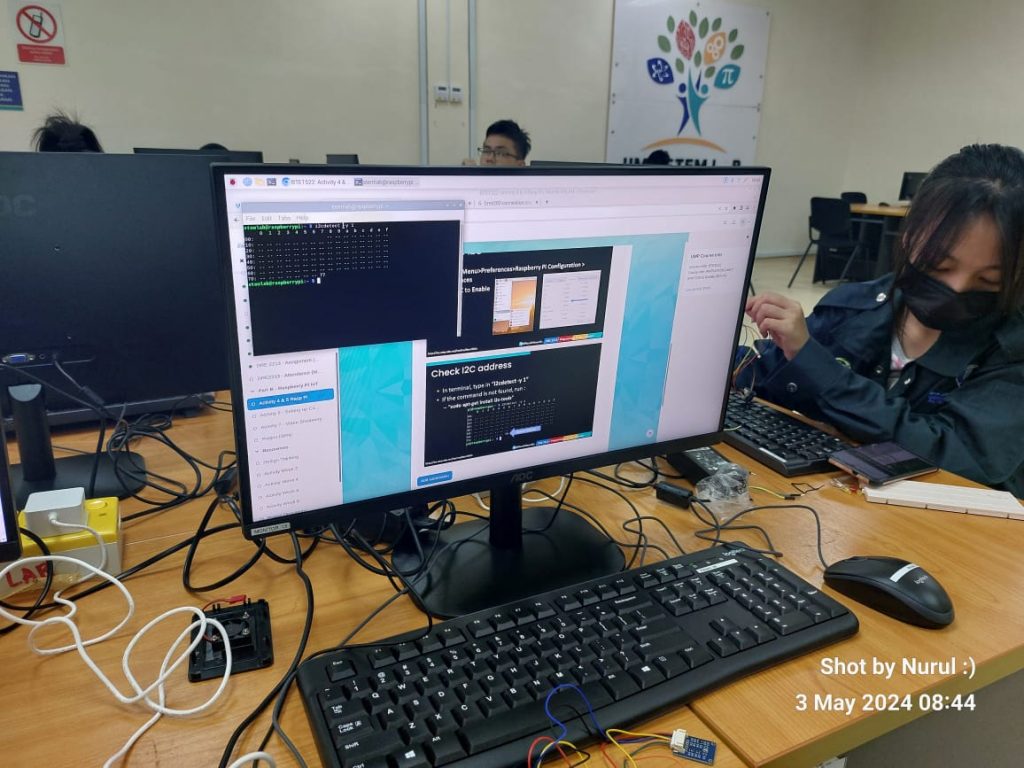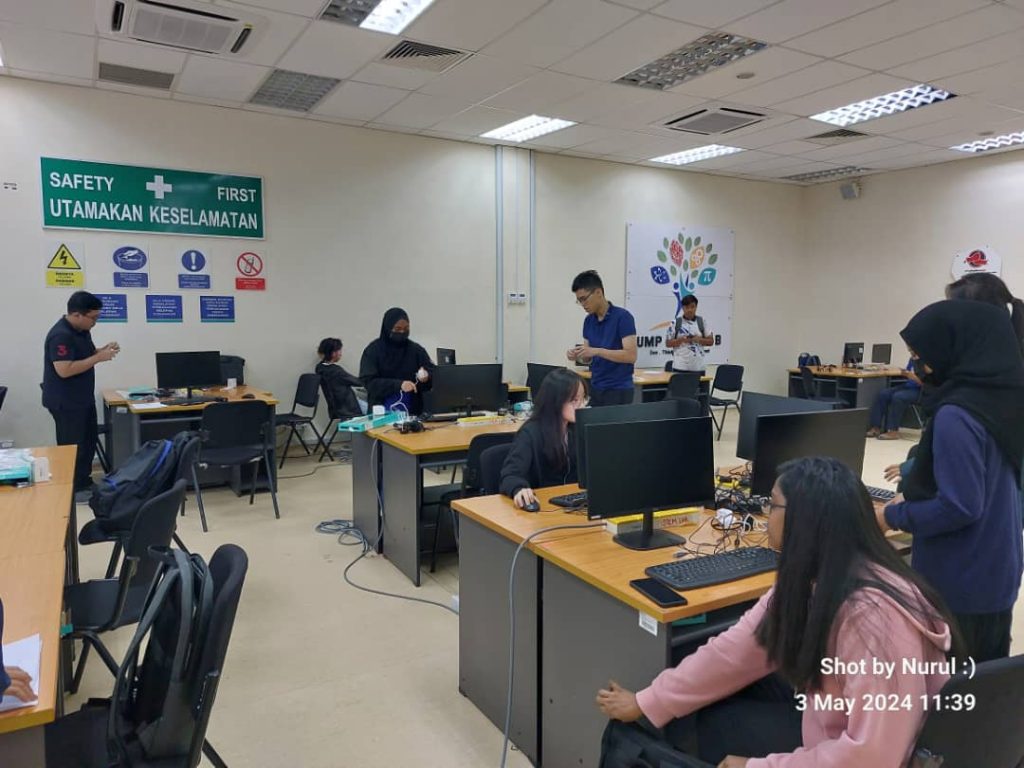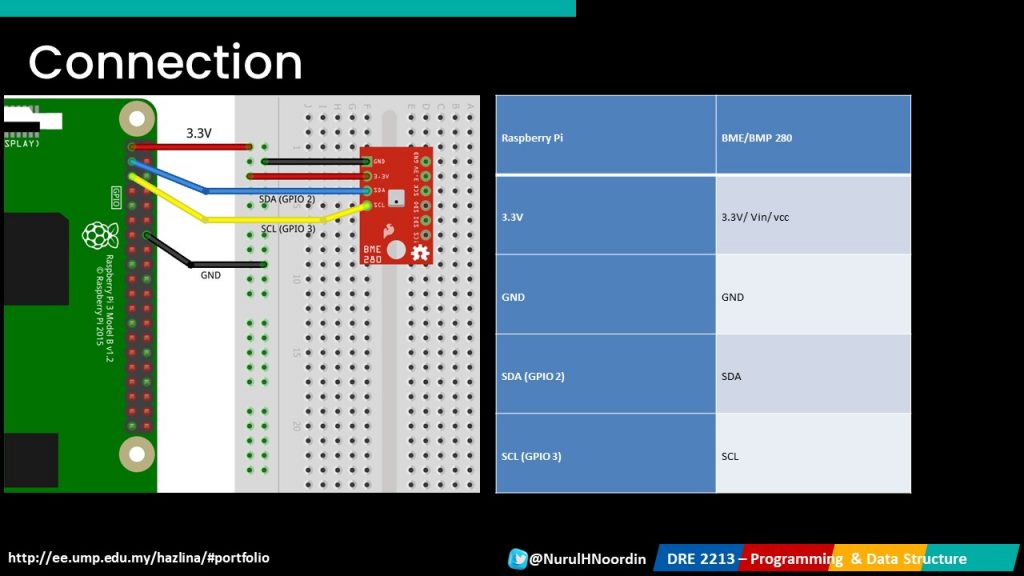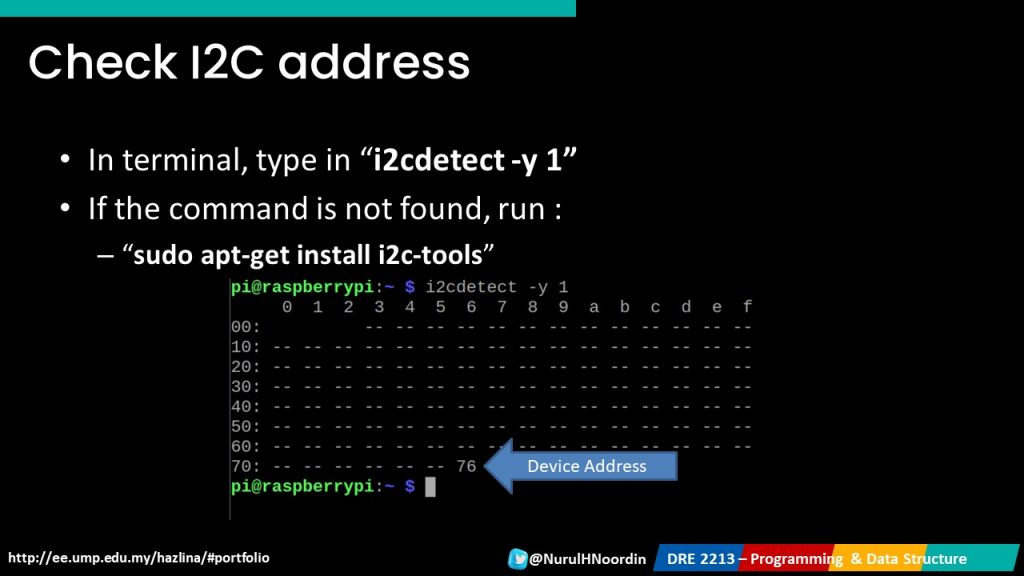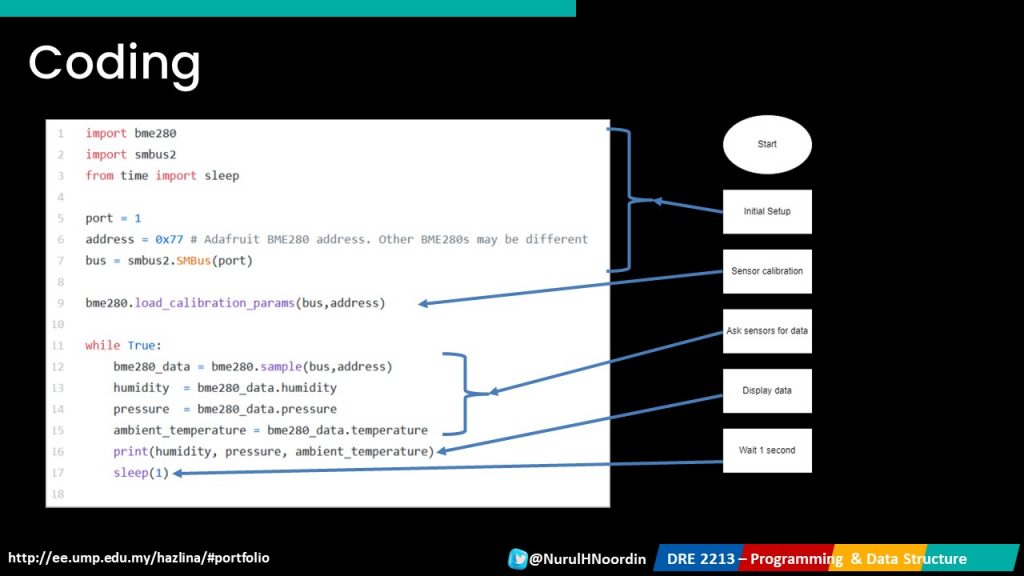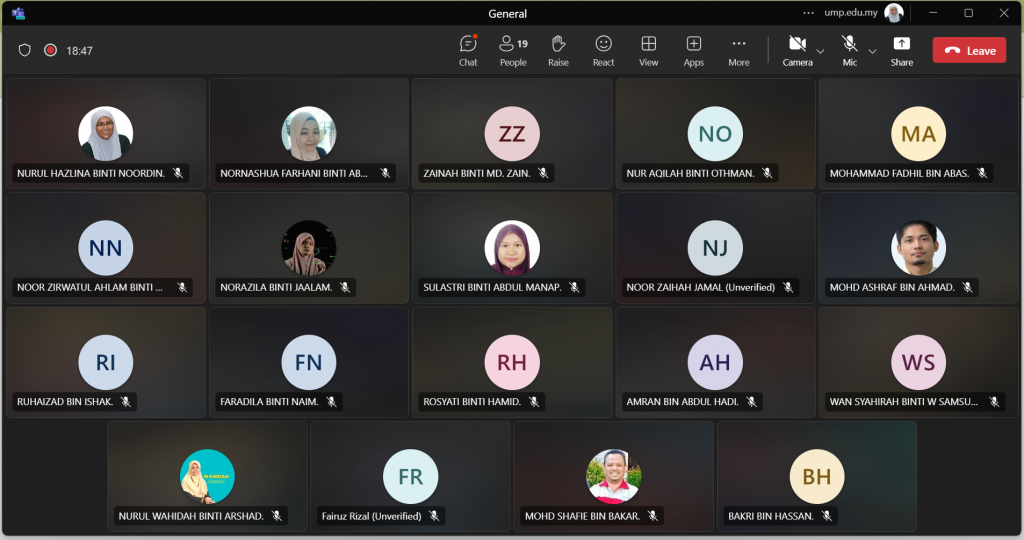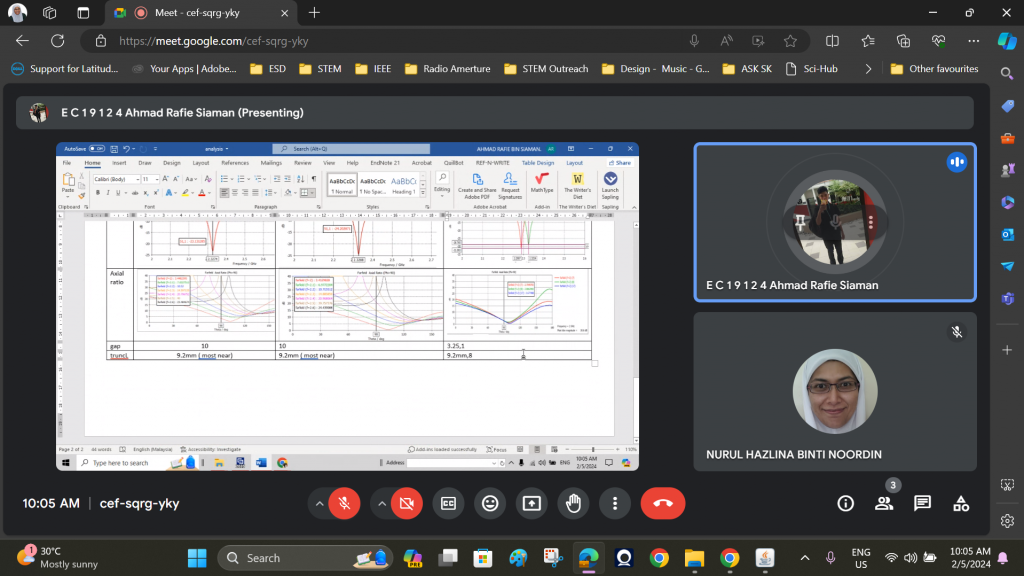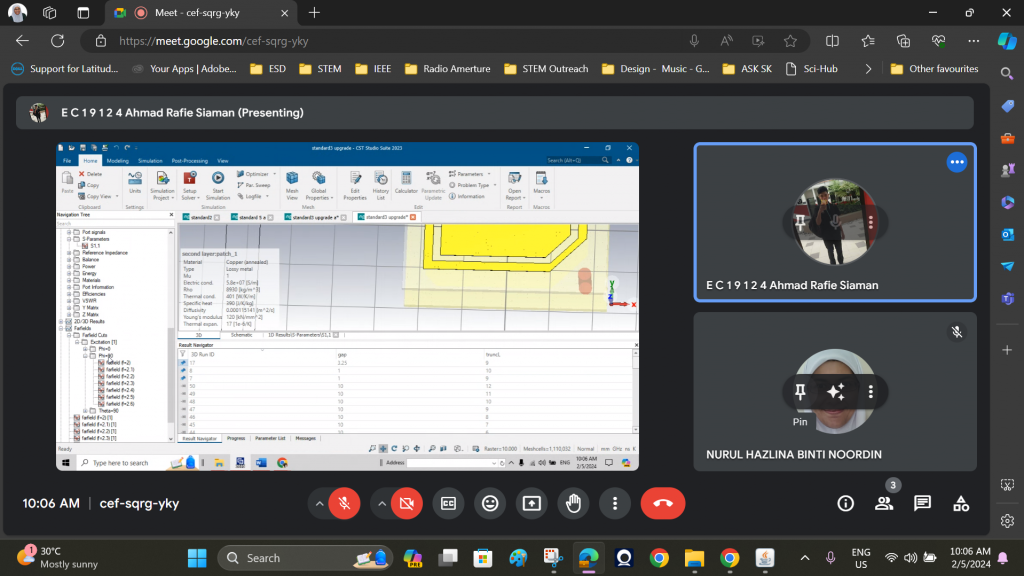This assignment serves 20% of the overall assessment in BTE3232 Com System Design Laboratory.
Part 1: Tech Talk on Wireless System Communications Technology
First up, you had the opportunity to attend a TechTalk session at UMP STEM Lab on April 29th. If you’ve missed it, watch the recorded session. It’s time to get creative! Choose a format—whether it’s a mind map, infographic, or engaging essay—to summarize the TechTalk session. Make sure to elaborate on the communication technology trends discussed, highlighting key advancements and their implications in the field. Don’t forget to incorporate key points such as the introduction to the TechTalk topic, emerging trends, examples and applications, and future outlook. And remember, creativity is key! Use visuals, diagrams, or relevant statistics to enhance your presentation.
Part 2: Site Visit to Communication Tower
Next, we are planning for a site visit to a Communication Tower. In your post-program report, start with a brief introduction outlining the visit’s purpose and relevance to the course objectives. Then, detail your key observations and insights from the visit, focusing on system design, implementation, and management. Analyze real-world communication system applications observed during the visit and their alignment with theoretical concepts. Reflect on the visit’s impact on your academic and professional development, addressing any challenges faced. Finally, provide recommendations for future visits or improvements to enhance educational value, and conclude by summarizing the report’s main points and emphasizing the visit’s significance. Don’t forget to include any supporting materials, such as photographs or interview transcripts, in the appendices.
Part 3: Campus Radio System Application Identification
For the final part of the assignment, it’s time to look around campus and identify an application of radio systems that you think would be beneficial. You can choose from Frequency Modulation (FM) modulator, Frequency Modulation (FM) demodulator, Amplitude Modulation (AM) modulator, or Amplitude Modulation (AM) demodulator. Once you’ve identified the components required via FTKEE UMPSA component request form. Design and simulate the circuit on a circuit simulator (up to your preference). Analyse the output waveform. Discuss the performance. Construct the radio circuit, measure the output.
Reports need to be submit the components list via the provided link before June 3rd, 2024.
